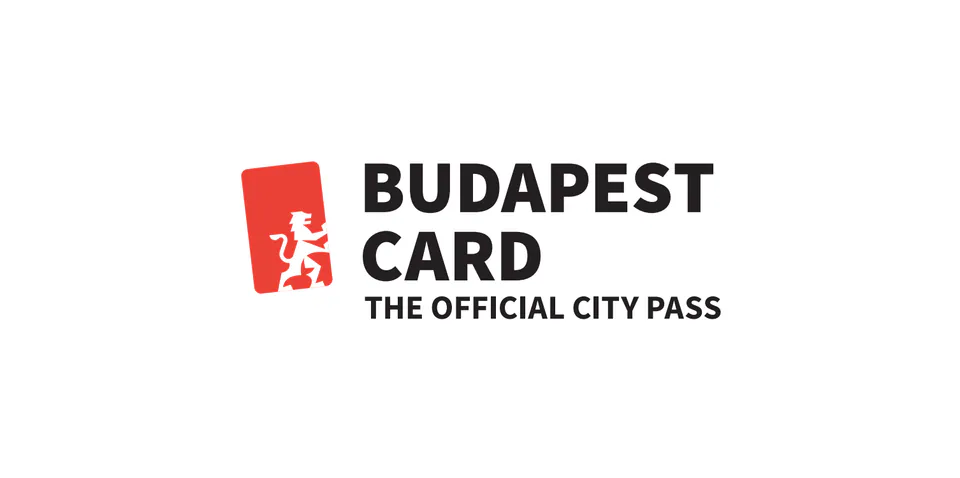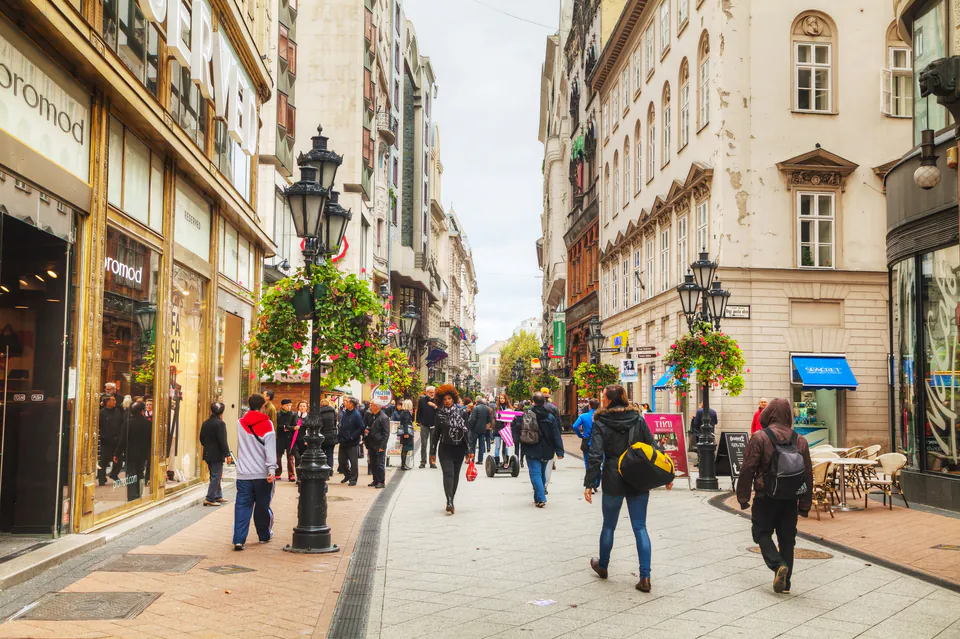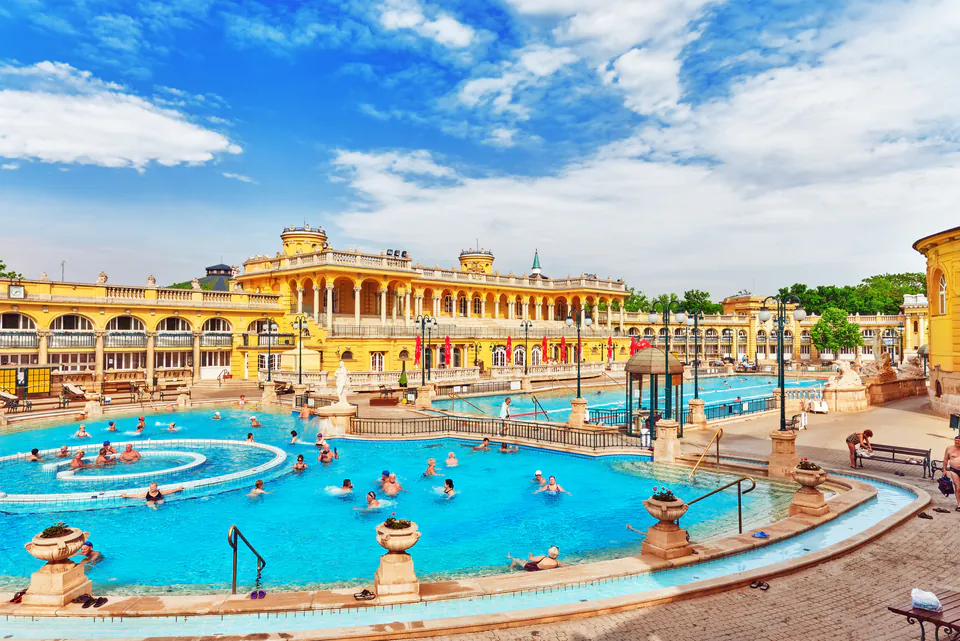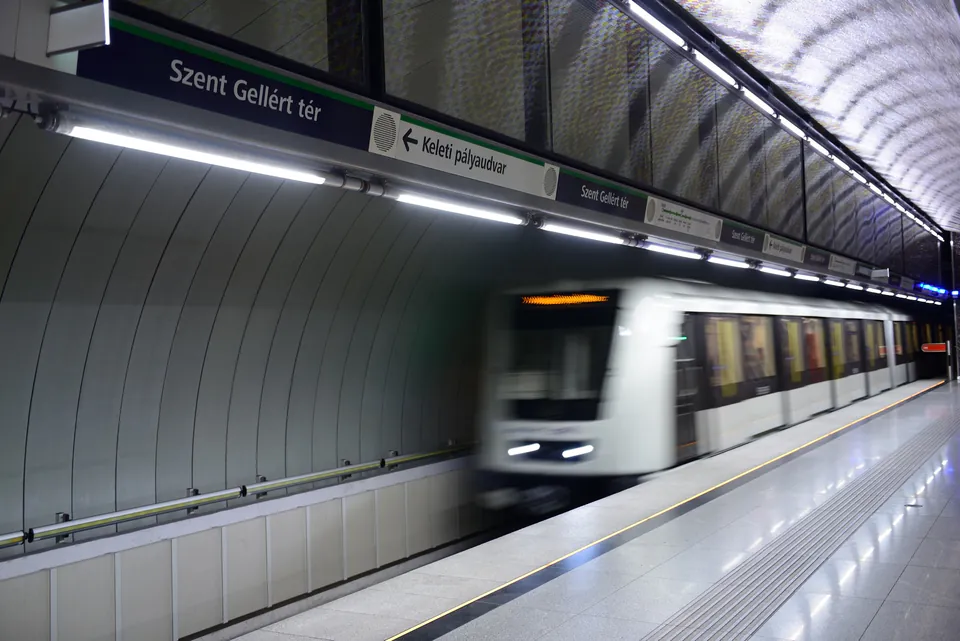Budapest Card: Benefits, Pricing, and How to Use It
The Budapest Card is the most popular tourist pass in Hungary's capital. It's basically a city pass that combines unlimited public transport, free museum entries, and discounts all in one package. If you're planning to visit Budapest's thermal baths, museums, and historic spots, this card might save you money and make things easier.
We've used the Budapest Card on several trips, and whether it's worth it really depends on what you want to do. Are you planning a crazy 24-hour adventure or taking your time over five days? Your travel style makes a huge difference to whether this pass is worth buying. Let's break down everything you need to know.

What You Get with the Budapest Card
Your Budapest Card basically turns your phone or wallet into a golden ticket for exploring Budapest. The biggest benefit is unlimited public transport. We're talking buses, trams, metro lines, and even that scenic chairlift up to Zugliget. When we first visited Budapest, we were amazed at how much we used the metro just to get around between districts.
You get free entry to over 30 museums and cultural sites. That's a lot of Hungarian history and art without worrying about individual ticket prices. The Hungarian National Museum, Budapest History Museum, and Hungarian National Gallery are just some of the places you can visit. Plus you get access to St. Lukács Thermal Bath, which we actually prefer to the more touristy Széchenyi or Gellért baths.

The card also includes two daily walking tours in English that cover both Buda and Pest sides. These tours are actually pretty good for learning about the city's history and getting your bearings. We always recommend doing these on your first day. You also get a free Danube river cruise, which gives you amazing views of Budapest's UNESCO riverfront.
There are tons of additional discounts too. You can get 10% to 50% off at restaurants, attractions, and other services around the city. Popular thermal baths like Széchenyi and Gellért give you reduced prices, and various restaurants offer savings on traditional Hungarian food. We found these discounts really add up if you use several during your stay.
How Much the Budapest Card Costs
Budapest Card pricing is pretty straightforward. The longer you stay, the better value you get per day. A 24-hour card costs €39, which works if you're doing an intensive day trip. The 48-hour card is €53, so that's €26.50 per day. The 72-hour option costs €69, bringing it down to €23 per day.
Budapest Card Pricing Structure
| Duration | Price (EUR) | Cost per Day (EUR) |
|---|---|---|
| 24 Hours | €39 | €39.00 |
| 48 Hours | €53 | €26.50 |
| 72 Hours | €69 | €23.00 |
| 96 Hours | €87 | €21.75 |
| 120 Hours | €96 | €19.20 |
If you're staying longer, the 96-hour card costs €87 (€21.75 daily) and the 120-hour option is €96 (€19.20 daily). The pricing really rewards longer stays. One thing we learned is that the card activates when you first use it, not when you buy it. This means you can time when to start using it to get the full duration.

How to Buy and Use Your Card
We always recommend buying your Budapest Card online before you arrive. This way you're guaranteed to get one during busy seasons, and it makes things smoother when you land. When you buy online, you get a voucher that you exchange for the actual card at pickup points around the city. You can pick it up at Budapest Airport, major hotels, or tourist information centers.
When you get the physical card, you need to fill it out carefully. You have to write your passport or ID number on it and sign it. This makes it your personal pass that can't be shared with other people. We made the mistake once of trying to correct something we wrote wrong, and it nearly made the card invalid. So be careful when filling it out.
The card starts working when you first use it for transport or at an attraction. This is actually pretty smart because you can start using it when it fits your plans best, not right when you pick it up. But remember, once it starts, the clock is ticking for consecutive hours.

Working Out If You'll Save Money
To figure out if the Budapest Card is worth it, you need to be honest about what you actually plan to do. A 72-hour public transport pass on its own costs about €16.50. Individual museum entries are usually €8-18 each. The walking tours and river cruise add another €30-40 in value compared to booking similar things separately.
Let's say you visit three major museums (€45 value), use public transport a lot (€16.50 value), do both walking tours (€30 value), and take the river cruise (€15 value). That's €106.50 worth of stuff for the €69 cost of a 72-hour card. So you save €37.50 plus get all those restaurant and attraction discounts.
But here's the thing. If you mainly want to see the big landmarks that aren't included in the free admission, the card might not be worth it. The Hungarian Parliament Building, inside St. Stephen's Basilica, and Buda Castle Royal Palace all cost extra. We learned this on our first trip when we focused too much on these iconic spots instead of the included museums.

Getting the Most from Your Card
To really make the Budapest Card worth it, you need to plan smart. Start early each day to use the full time you paid for. Begin with attractions that open first and use public transport to move around efficiently. We always do the walking tours on day one or two because they give you great orientation and historical background.
Museum visits work best on weekdays when there aren't huge crowds and you can actually enjoy the exhibitions. But remember that most Budapest museums are closed on Mondays. We made that mistake once and lost a whole day of museum access. Plan your museum visits for Tuesday through Sunday.
The St. Lukács thermal bath that's included is actually a hidden gem. Most tourists miss it because they're focused on the famous baths. It's smaller and more traditional, with fewer crowds but the same therapeutic benefits. We use the card's discounts at other baths too to experience different spa cultures around the city.

When the Budapest Card Isn't Worth It
Some travel styles just don't work well with the Budapest Card. If you like to take your time and only visit a few major attractions over several days, you probably won't do enough to make the card pay off. Same thing if you're mainly interested in outdoor activities, walking around, or experiences that aren't covered by the card.
If you're on a tight budget and staying somewhere central where you can walk to most attractions, you might be better off buying individual metro tickets when you need them. Single tickets cost way less than the daily card rate if you only need transport occasionally.
The restaurant discounts sound good, but they're often at tourist places rather than local favorites. When we want authentic dining experiences in neighborhood restaurants, these discounts are pretty useless.
Other Options to Think About
Budapest has several alternatives that might work better for your specific needs. A simple 72-hour public transport pass gives you unlimited city transportation for much less than the full Budapest Card. This works great if you want transport convenience but don't care about museum access.
Buying individual attraction tickets lets you control exactly what you spend and when you visit places. This approach works well if you have specific must-see sites or prefer flexibility in your daily plans. Many major attractions let you book online with skip-the-line benefits that save time during busy seasons.
Group discounts and student rates at many museums and attractions can give you savings similar to the Budapest Card if you qualify. We always research these options before buying any city pass because sometimes they're better deals.
